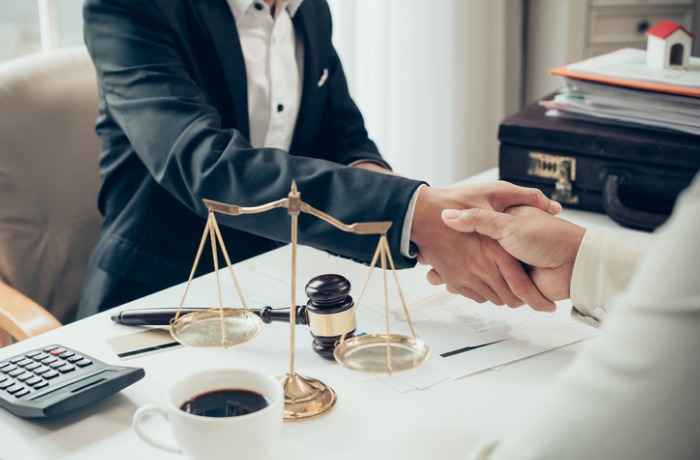1. Viewing and inspecting flats
The first thing to do when buying a flat is, of course, to look for one and conduct an ocular inspection of the building. Many real estate agencies list properties on their websites and mobile apps. Buyers will easily find in the internet the latest news about the property market, as well as information about different projects and a wide array of tips and advice on buying a home. These websites will also provide a very convenient and easy-to-use online mortgage borrowing calculator and an online chat room which provides real-time answers to questions.
You can also visit the offices of major real estate agencies to consult with brokers and arrange viewing of flats in projects that you are interested.

2. Property valuation and price negotiation
After finding the desired flat, the next step is to find a bank that will make a preliminary valuation of the property that will serve as basis to determine mortgage terms, such as the mortgage interest rate and the length of repayment. After receiving the bank’s valuation, the buyer can negotiate with the owner through the agent until both parties are satisfied.
3. Sign a Provisional Sale and Purchase Agreement
After the buyer and seller have agreed on the basic terms, especially the transaction price and date, they must sign the Provisional Sale and Purchase Agreement. The buyer pays the seller an initial deposit which usually amounts to between 3 to 5 percent of the agreed price for the property. The buyer can then formally apply for a mortgage loan from a bank using a copy of the agreement. We recommend filing applications with 3 to 4 banks which should be enough as too many applications can adversely affect one’s personal credit standing. It is always advisable to compare the mortgage plan details and preferential terms offered by several banks before submitting a mortgage loan application.
4. Appointment of official lawyer
The formal sale and purchase agreement should be handled by an official lawyer. The seller’s lawyer will prepare a draft of the formal sale and purchase agreement, and then send the draft to the buyer’s lawyer for review. Lawyers of both parties will then forge an agreement on the formal contract.
5. Signing a Formal Sale and Purchase Agreement
Generally, the buyer and seller will sign the formal sale and purchase agreement within 14 days after signing the provisional agreement. The buyer pays through the lawyer the stamp duty and additional deposit (which usually amounts to around 5 to 7 per cent of the agreed price for the property). Together with the 3-5 per cent initial deposit, the buyer has to prepare to pay 10 per cent of the flat’s price within 14 days. The buyer’s lawyer will arrange payment of the stamp duty and register the Sale and Purchase agreement at the Land Registry. It is worth noting that if the buyer fails to sign the formal Sale and Purchase agreement as scheduled, that failure will be considered as cancellation of the transaction. The owner has the right to forfeit the initial deposit previously paid by the buyer.

6. Sign the Mortgage Agreement
The buyer must sign the mortgage contract on or before the transaction date (which is the date agreed between the buyer and the seller, and which is usually within one month after signing the formal agreement). The bank will act on behalf of the buyer and provide proceeds of the approved mortgage loan to the seller.
7. Sign the Assignment of contract after inspection of flat
It is recommended for the buyer to conduct a final inspection of the flat on or before the transaction date to ensure that the unit to be purchased is vacant and that the vendor has paid all outstanding bills incurred from the flat.
After lawyers of both seller and buyer have reviewed the Assignment of contract to ensure its accuracy, the buyer and seller will sign the relevant documents, have the stamp duty paid and arrange for the contract to be registered at the Land Registry. The seller will hand over the keys to the buyer after the latter has paid the balance of the property price.
8. Completion of transaction
After the transaction is completed and if the buyer obtains a mortgage loan from a bank, the assignment contract will be kept by the latter until the buyer repays the entire loan.


